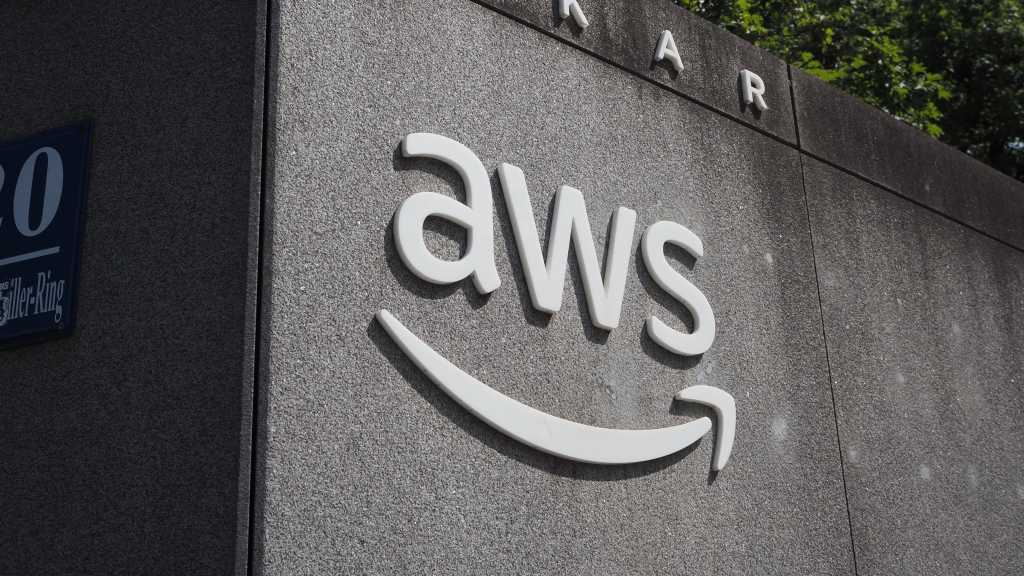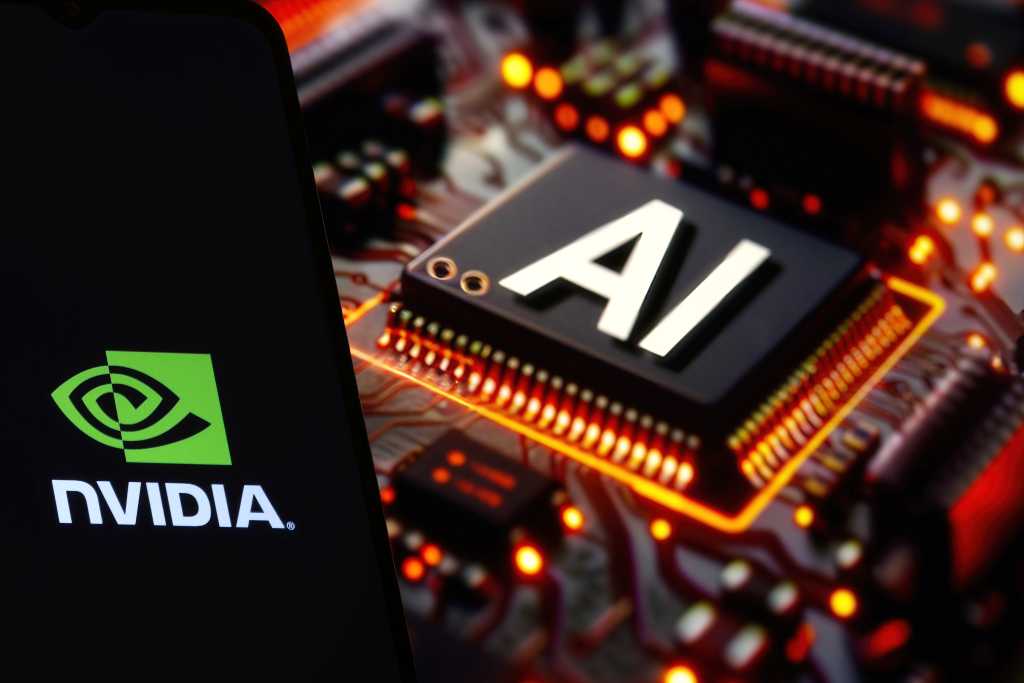
This brings us to AI. In both these enterprise examples, we see the concept of a new technology model deploying from a seedling-like start in a single location and then expanding outward and, at the same time, expanding to other related areas of business operation. Through this double-build-out, to be effective, the companies have to sustain the pace of operations in each facility, which means that effectively, 5G is creating a big, single, facility, each piece of which has to synchronize with the other. To make that happen, guess what’s used? AI.
Enterprises are building great AI applications, just not the sort we usually hear about. AI isn’t some Yoda-like genius sitting on the shoulder of every worker in a successful deployment, it’s a part of a business application workflow, a software component. For every one of those Yoda-like AI applications that make a minimal ten percent ROI, enterprises have found almost five workflow deployments that can double that, making this sort of AI the only kind that makes aggressive business cases. Yoda works through the worker; the optimal AI isn’t limited by human actions. It does contained things, complex things, very quickly. That’s why it’s an essential piece of both these enterprise examples I’ve talked about.
Think about a supply chain like those old-fashioned bucket brigades, every step depending on being synchronized with the ones before and after. Then think about how hard it would be if you were moving things of different sizes, requiring different holds, tools, even gloves. To make that work efficiently, you’d have to be able to anticipate what was needed at the end of the line and warn everyone upstream to start prepping in time for the shift, right? That’s where AI comes in. If a plant is going to shift between products at a given time, AI can time the shift in the parts supply upstream along all the paths impacted, and the delivery processes downstream as well. With a boost from AI, not only can all these ancillary manufacturing, transport, and warehousing steps be coordinated, but also parts and materials sales orders can be timed and product availability updated for sales.
Two examples don’t make a trend, but they may mark a start. Here we have examples of really exploiting three technologies that are popularly, and accurately, seen as over-hyped. Why then the negative characterization of these three? The answer is that, taken individually, they are over-hyped. There are no single-technology-low-apple targets left out there to aim at. Everything is like a multiple-bank-off-this-ball-onto-that sort of pool shot. We can’t address the next step in computing or networking without a symbiosis of key technology advances. We have the advances, but not the symbiosis.
Except here, in these examples. Why? Because they’re locally initiated, they start small, they contain investment and risk. And, of course, because they can expand to fill the necessary business space as they prove out, without risky technology shifts. That’s why private 5G might be the most important technology for enterprise innovation of our age. Not because it’s private, but because it’s 5G, the stuff building mobile infrastructure worldwide. Private 5G is 5G in a sandbox, a place to play with application approaches that can become an entire landscape when it’s ready.



















